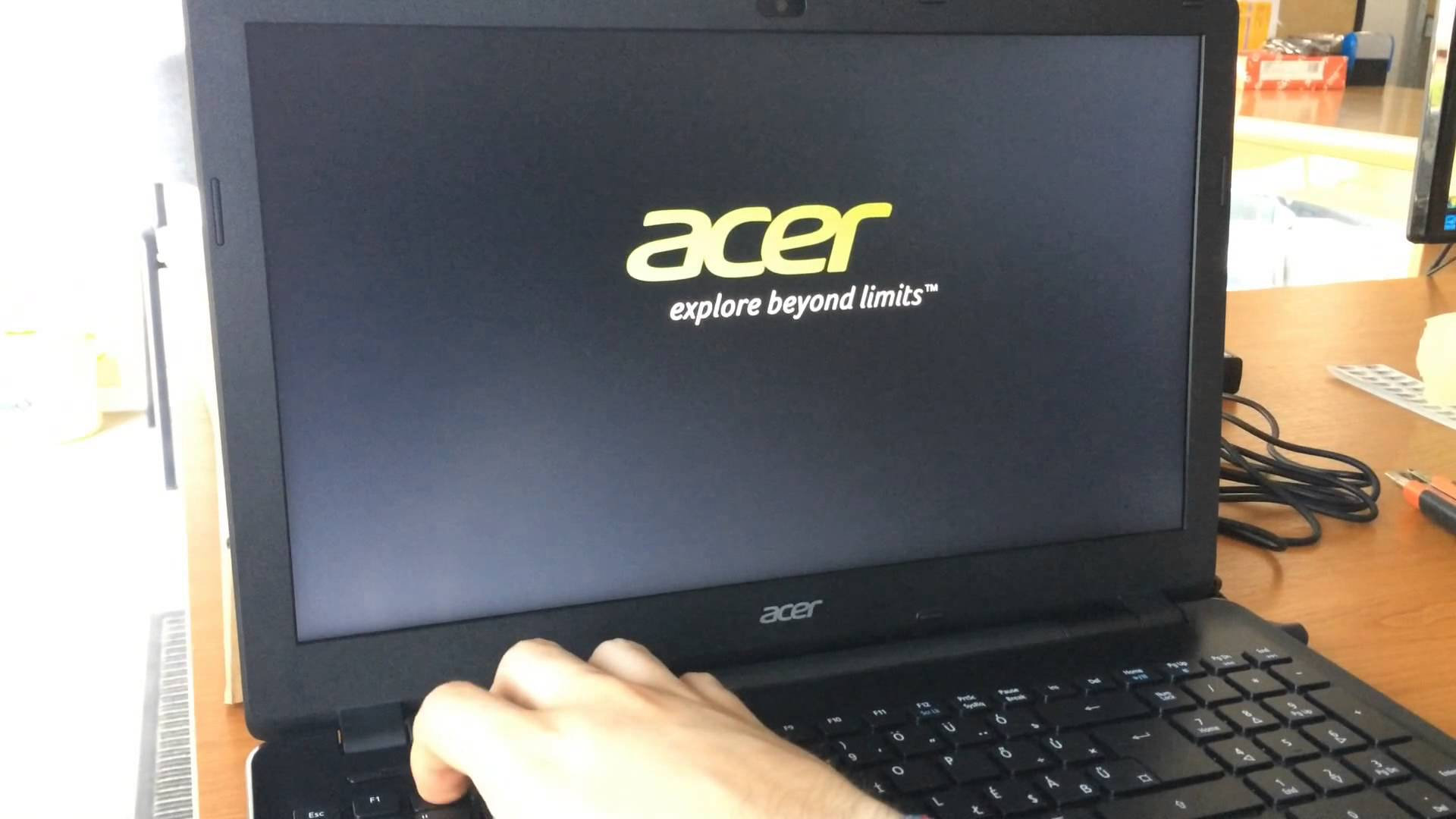

We recommend getting rid of useless applications by following these steps as soon as you unpack the laptop to speed up boot time, sew up potential security holes, and eliminate annoying notifications.

A decent laptop should be sturdy, shouldn’t flex beneath your fingers when you type, and shouldn’t creak every time you click the trackpad or tap the spacebar. Many laptops in this price range are massive 15-inch beasts with cheap plastic cases, loose keys, and rattly trackpads. Build quality: No budget laptop is a paragon of industrial design, but a computer shouldn’t feel like it’s going to break.Backlit keyboards are a bonus but rare in this price range. Keyboard and trackpad: The keyboard and trackpad should be tolerable and responsive, and neither input device should annoy you so much that you seek out an external keyboard and mouse.We recommend IPS (in-plane switching) screens because they have more accurate color and better viewing angles than TN (twisted nematic) panels. Screen: Models with a 1080p display (a resolution of 1920×1080) offer a clear image and more screen real estate than cheap 1366×768 screens.But 8 GB will allow you to more smoothly run multiple programs and browser tabs, and is a much better choice for a computer you’ll be using years from now. Memory: For less than $500, it’s uncommon (but possible) to find more than 4 GB of memory without sacrificing other important specs.We found these processors to be unusable with more than a single open app. Avoid AMD processors like the dual-core A9 and steer clear of Intel Pentium and Celeron processors like the N4200 and N5000. The Core i3 and Ryzen 3 processors are fine for casual use and basic schoolwork but aren’t the best for multitasking the Core i5 and Ryzen 5 are faster and better at multitasking but rare in this price range.



 0 kommentar(er)
0 kommentar(er)
